Donald Trump, who was sworn in as president of the US yesterday, said that his administration is planning to impose 25% tariffs on imports from Mexico and Canada from 1 February, threatening the North American automotive supply chain.
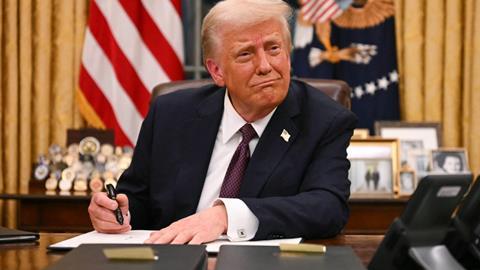
During his inaugural speech, it seemed that tariffs might not be the priority for Trump, but at the Oval Office signing ceremony following the inauguration, he said: “We’re thinking in terms of 25% on Mexico and Canada, because they’re allowing vast numbers of people to come in, and fentanyl to come in.”
He also directed federal agencies to investigate why the US is a net importer rather than exporter, and to look at alleged unfair trade practices by other countries.
Trump’s inaugural speech and threats to the supply chain
During his first speech as second-term president, as he focused on the Mexican border and stated he would send US army troops there to stop “all illegal entry”. He also promised that America “will be a manufacturing nation once again,” and with a focus on ICE vehicles, will “build automobiles in American again at a rate that no one would have dreamt possible just a few years ago”.
He added that he will “revoke the electric vehicle mandate”, which does not exist in the US, although he could be referring to the Environmental Protection Agency’s rule that requires OEMs to cut greenhouse gas emissions in half for light and medium vehicles by 2027. By signaling a turn from EVs to back to ICE, it could change demand curve and adoption for EVs by both the consumer and OEMs and impact investment for EV production.
Trump unexpectedly held back on announcing tariffs on China, despite previous threats to add an additional 10% tariff to all Chinese goods. However, he claimed China was operating the Panama Canal and said America is “taking is back”. It is not accurate that China operates the canal, although Chinese companies are involved in port operations, including the Panama Ports Company which is owned by Hong Kong company CK Hutchinson Holdings. Drought has been affecting shipping in the Panama Canal over recent years, and it is not clear yet if action by Trump’s administration to “retake” it could affect trade through the passage further.
Tariffs on Mexico and Canada and the USMCA
While immediate orders to impose tariffs on imports from Mexico and Canada have not been signed by Trump, the threat alone, alongside a new deadline, is enough to put the North American automotive supply chain at risk.
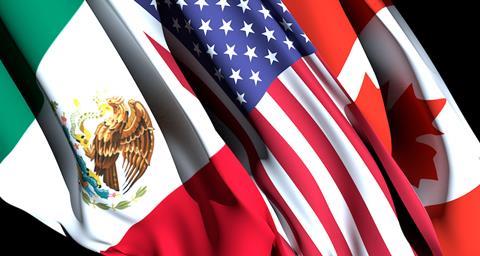
If he enacts the tariffs on 1 February, they would break the US-Mexico-Canada Trade Agreement (USMCA), which was set to remain in place until its review in 2026. The USMCA deal replaced the North American Free Trade Agreement (NAFTA) which was previously in place. And it is still not clear whether the tariffs would apply to just finished vehicles or all parts and materials used in the vehicle. If the latter is the case, it could be massively detrimental to the North American automotive supply chain, as the US-Mexico border is crossed multiple times in logistics before a finished vehicle is produced.
The USMCA is up for review next year but could take years for negotiations to be resolved. Both countries have previously warned the US against a trade war if Trump goes ahead with the tariffs. Last month, Claudia Ávila Connelly, international trade, nearshoring & economic development expert told Automotive Logistics that Mexico’s private sector was organising to prepare for the tariffs. Connelly previously led the Customs Attention and International Affairs department at the National Customs Agency of Mexico and served as an advisor to the Secretary of Finance of Mexico where she coordinated ‘Plan Mexico’, a key initiative between Mexico and the US to strengthen regional supply chains following Covid. She also promoted exports and investments through the North American Free Trade agreement (NAFTA) as Deputy Commercial Counselor of Mexico in Sweden and Canada.
At the time, she said: “I think the message we are sending as a country is that we are getting ready. The worst-case scenario is if Trump really complies to his declarations of unilaterally imposing these new tariffs, and our president responds with new duties against US exports into Mexico. That would be like a trade war between both countries, which would be terrible not only for the North American region but also for the world.”
She added: “The bottom line here which is worrying me is that we may enter into a new era, from free trade to protectionism. That would be very dangerous for the world.”
Effects on automotive nearshoring between US and Mexico

Mexico is an incredibly important base for nearshoring trade between the country and the US. It is now the seventh largest vehicle producer in the world at 3.8m units – with 3.3m of those destined for overseas markets – while it is also the 12th largest seller of light vehicles globally. Francisco N. González Díaz, executive president, Industria Nacional de Autopartes, previously told Automotive Logistics delegates at ALSC Mexico 2024 that Mexico makes up 43% of the automotive parts that the US buys across the globe, with the second biggest supplier, Canada, providing 11% of its automotive parts.
Mexico has been a hotspot for the EV and battery supply chain in recent years, with OEMs such as BMW nearshoring and localising battery supply chains in the country. Other firms made investments during the back end of 2022, with Pirelli announcing an additional €114m ($114m) investment in its Silao plant, in the Puerto Interior industrial hub in Guanajuato state in November. In the same month, logistics provider RPM launched operations in Mexico, providing strategic planning, network design, capacity planning, information technology and transport through its cross-border logistics service.
Read more on nearshoring in Mexico
Lizette Gracida, senior director of external affairs & trade compliance at Toyota México, told ALSC Mexico: “This new wave of nearshoring has been determined by two factors in our view, the first one is the geopolitical situation between the US and China, and the second one is the USMCA. That by itself promotes the further integration of the value chain in the region.”
And Trump’s promise to send American troops to the Mexican border could potentially slow down trade at the border, potentially disrupting the North American automotive supply chain.
The further threat to North American nearshoring comes from Trump’s promise to build back the US’ automotive manufacturing base. Although this would take a considerable amount of time, it does throw doubt on the demand for imports into the US from the likes of Mexico and Canada.
We will update this story as more information comes…
Topics
- Analysis
- Battery Supply Chain
- Compliance & Policy
- Cross-Border Logistics
- Data Analysis & Forecasting
- Editor's pick
- Electric Vehicles
- EV & Battery Production
- Finished Vehicle Logistics
- Green Freight & Transportation
- Inbound Logistics
- Logistics Management
- Logistics service provider
- Nearshoring
- Nearshoring Strategies
- News
- North America
- OEMs
- Policy and regulation
- Regional Distribution Networks
- Regional Sourcing & Manufacturing
- Risk Management
- Service Part Logistics
- Supplier Diversification
- Suppliers
- Supply Chain Planning
- Supply Chain Purchasing
- Sustainability
- Sustainable Supply Chain Design
- Trade & Customs
Trump tariffs: A timeline of impacts on automotive logistics
- 1
- 2
 Currently reading
Currently readingWhat day one under the Trump administration signals for the North American automotive supply chain
- 3
- 4
- 5
- 6
- 7
- 8
- 9
- 10
- 11
- 12
- 13
- 14
- 15
- 16
- 17
- 18
- 19
- 20
- 21
- 22
- 23
- 24
- 25
- 26
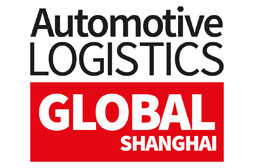


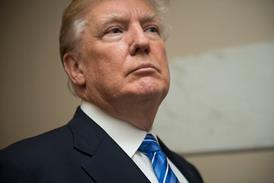



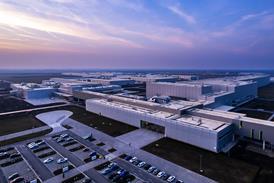
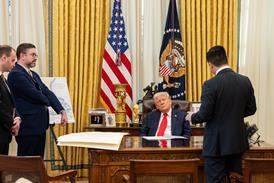

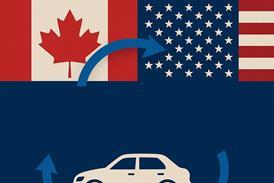



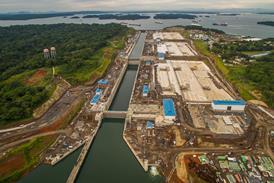








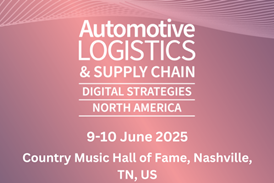

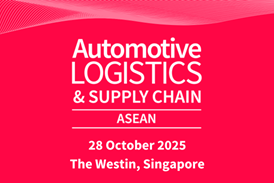
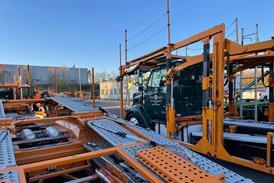

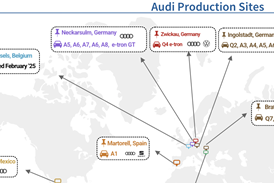

























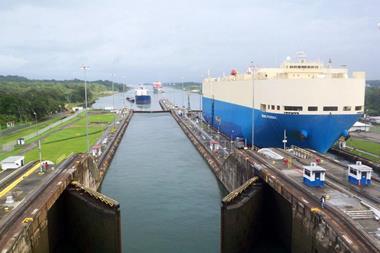

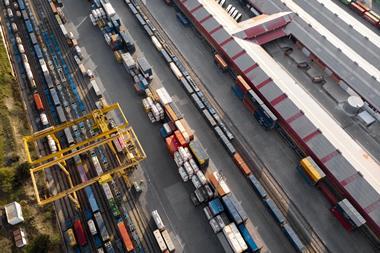



No comments yet